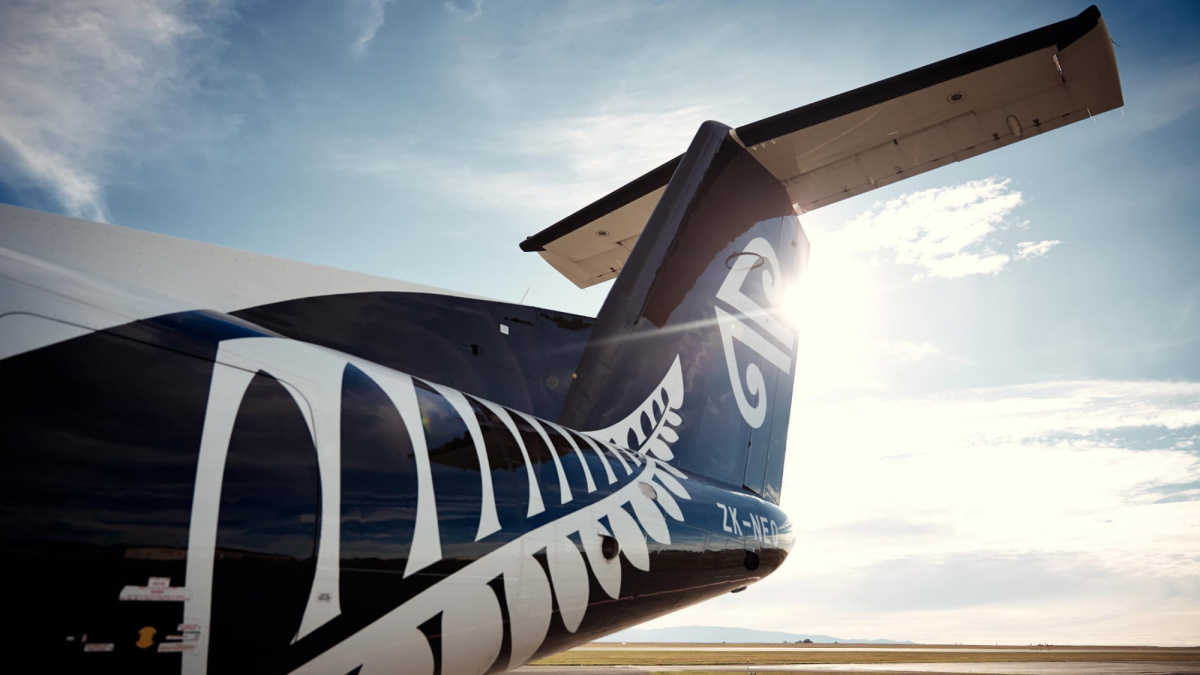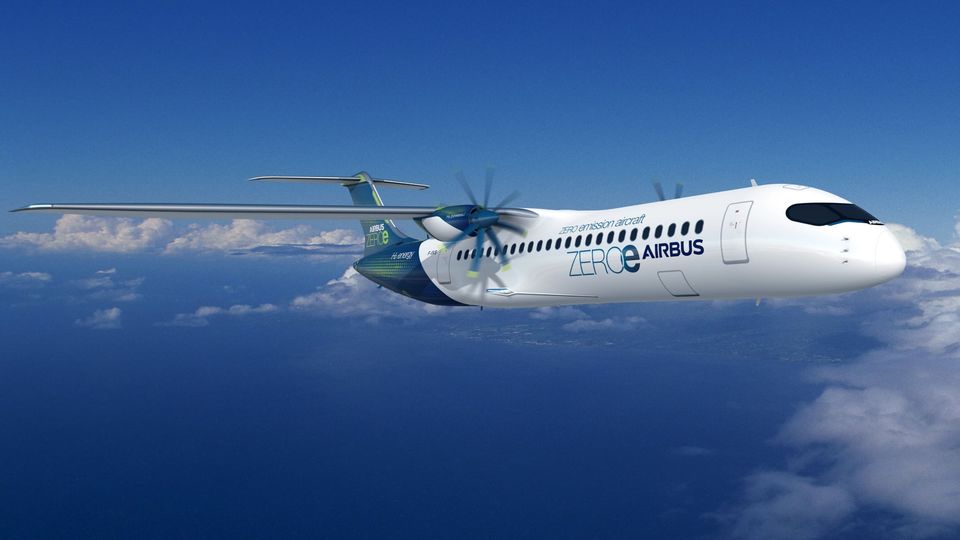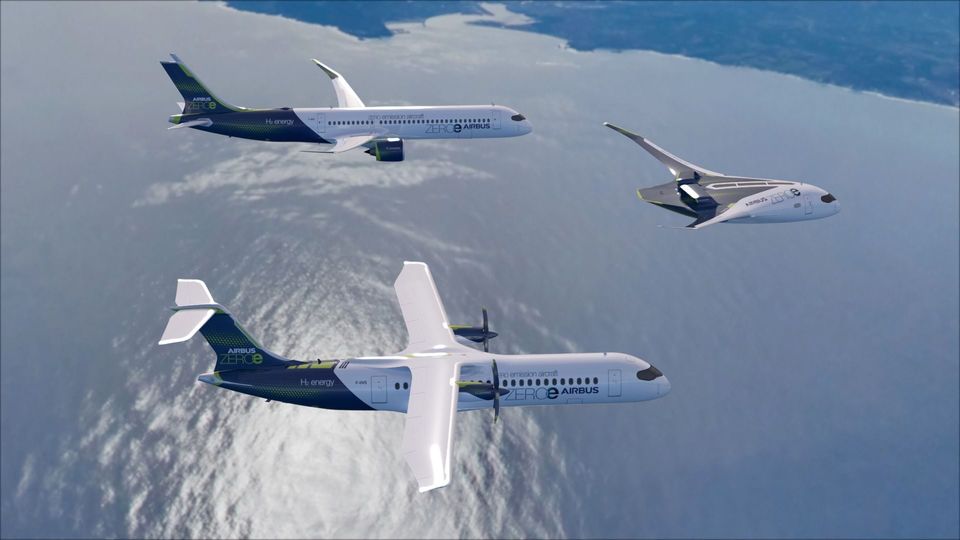Air New Zealand wants zero-emission regional aircraft from 2030
The Kiwi airline's regional Bombardier Q300 planes could be replaced by a 'zero-carbon' fleet.

Air New Zealand hopes to replace its regional Bombardier Q300 planes with a 'zero-carbon' aircraft from 2030, with an airline executive saying the shift away from jet fuel to alternative energy needed to happen "sooner rather than later."
Captain David Morgan, who in addition to a pair of Boeing 787 pilot's wings wears the badge of the carrier's Chief of Operational Integrity and Safety, aims to be trialling a zero-carbon aircraft by 2030.
"I would actually quite like to see by 2030 an electric aircraft operating, probably as a pilot, as a trial," Morgan told a Centre for Aviation online conference.
Morgan expects that aircraft might more likely be for carrying cargo instead of passengers, and run on a single engine powered by either hydrogen or electrics.
A commercially viable zero-carbon twin-engine plane with room for 20-30 passengers was still about a decade away, he said – but that would be good timing to replace the airline's Bombardier Q300 turbo-props.
The 50-seat Q300s have an average age of 14.5 years and will need to be replaced after 2030.
"The aircraft that will replace them will be aircraft powered by some alternative power," Morgan said. "So that's our expectation, that’s the challenge that we've put out to the industry."
That timetable could suit Airbus, which is developing a series of hydrogen-powered 'ZEROe' family commercial aircraft which it hopes could be flying by 2035.
This includes the Airbus ZEROe turboprop capable of carrying up to 100 passengers more than 1,000 nautical miles.
Its twin 'hybrid hydrogen' turboprop engines are fed by liquid hydrogen stored behind a pressurised rear bulkhead.
Read more: Airbus reveals 'zero emission' commercial aircraft concepts



Qantas
19 Apr 2012
Total posts 1429
This is very possible as these flights with fewer passengers over shorter distances are already occurring in Scotland and Hearte reckon they will have a 19 seater over 400km in service by 2026.
Hi Guest, join in the discussion on Air New Zealand wants zero-emission regional aircraft from 2030